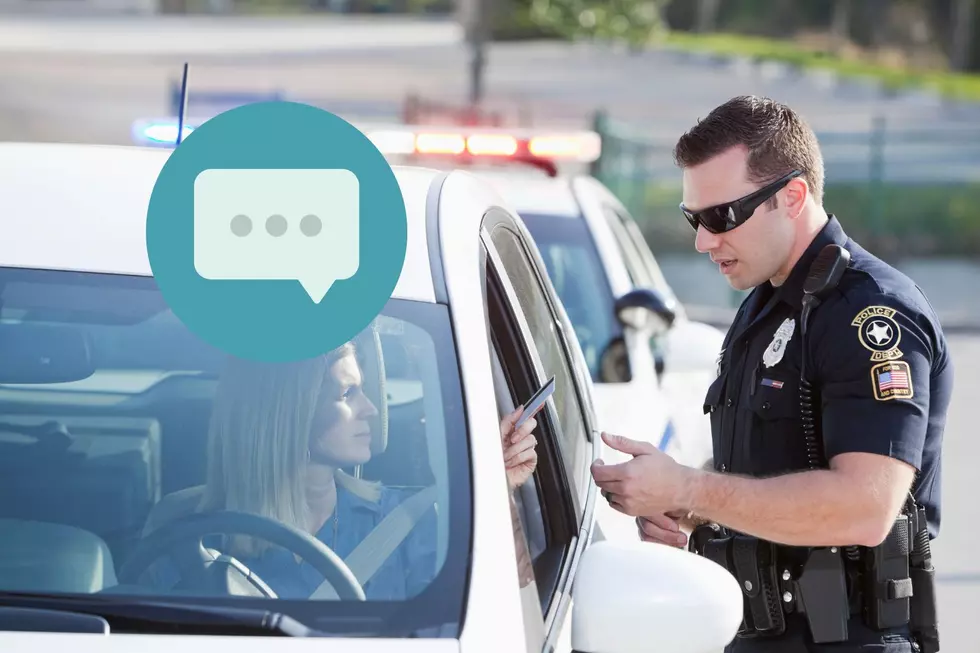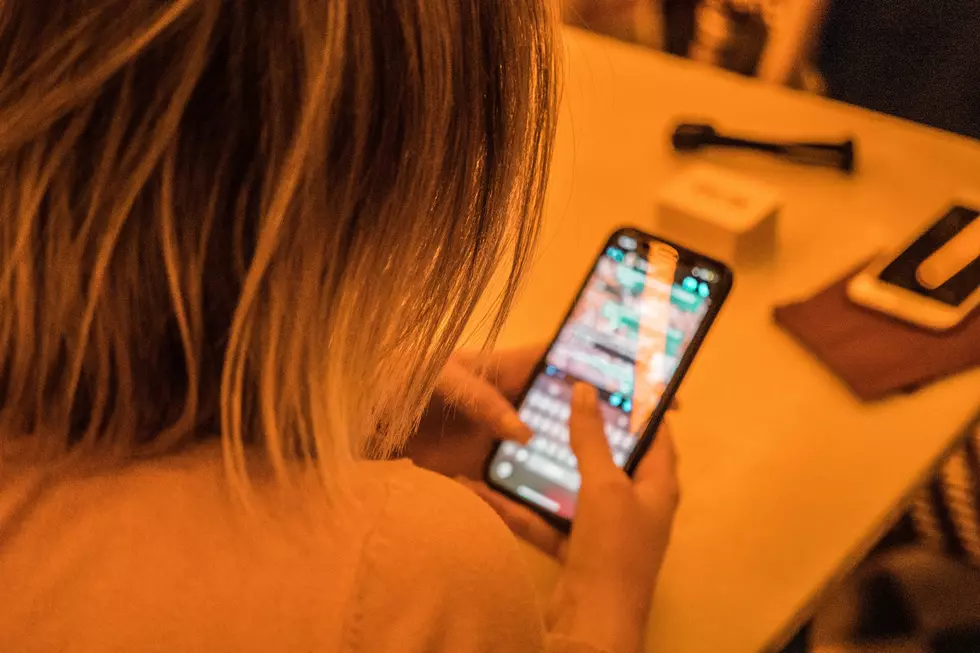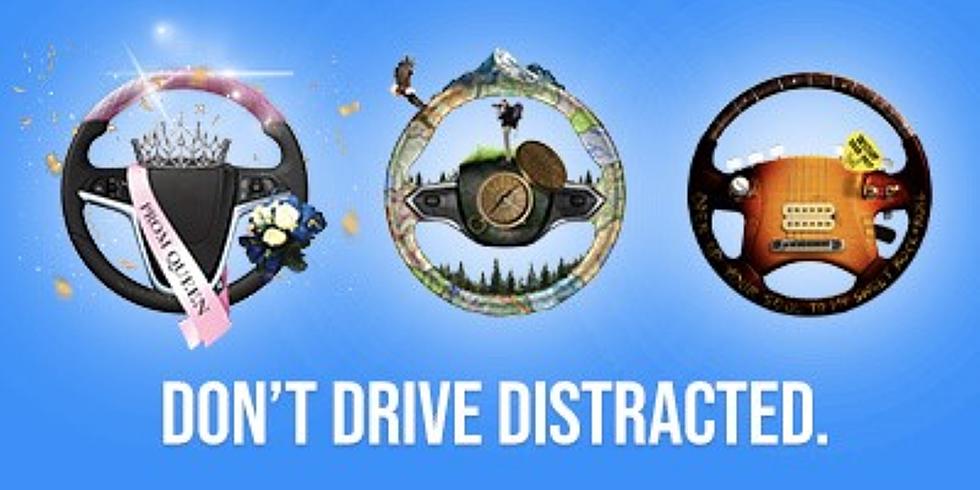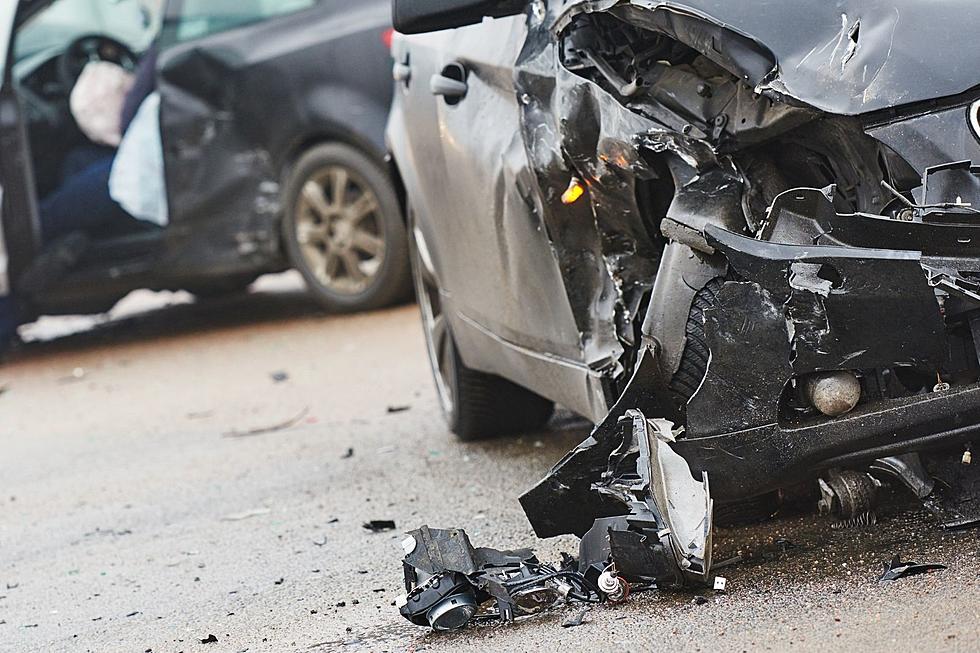![Teen Drivers More Easily Distracted, Study Says [AUDIO]](http://townsquare.media/site/385/files/2013/09/8598246170_a96656631a_z.jpg?w=980&q=75)
Teen Drivers More Easily Distracted, Study Says [AUDIO]
Distracted driving is a trend among all age groups, but a newly-published study suggests secondary tasks like texting and eating are more dangerous for younger drivers than experienced ones.
The national study, published in the latest New England Journal of Medicine, found the performance of secondary tasks behind the wheel -- dialing a cell phone, texting, looking at a roadside object, eating -- was associated with a significantly-increased risk of a crash or near-crash.
However, among experienced drivers, only dialing a cell phone was associated with such a risk.
"Any secondary task that takes the novice driver's eyes off the road increases risk," said Charlie Klauer, first author of the Journal's article. "A distracted driver is unable to recognize and respond to road hazards, such as the abrupt slowing of a lead vehicle or the sudden entrance of a vehicle, pedestrian, or object onto the forward roadway."
The study also found teens tend to begin their driving with great caution, but as the months roll on, they begin to multitask at higher frequency rates.
Bruce Simons-Morton, a senior investigator with the study, compared the pattern to skiing. No one can glide down the slope on the first try, but after getting the hang of it, one begins to increase the complexity of the task.
"We need to develop a culture where teenage drivers limit their engagement in secondary tasks," Simons-Morton said. "We need to do that through parent education and other ways."
More From New Jersey 101.5 FM









